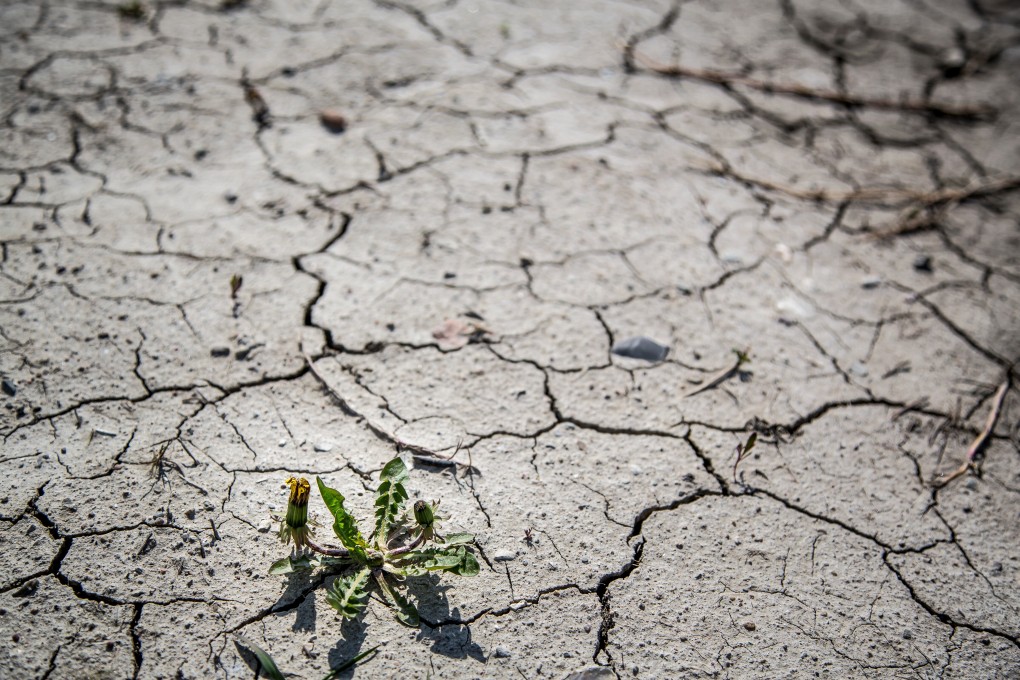One-third of humans ‘to live in deadly hot areas by 2070’, study finds
- How many people will end up at risk depends on how much heat-trapping carbon dioxide emissions are reduced and how fast world population grows
- But even less severe scenarios project that in 50 years a couple of billion people will be living in places that are too hot without air conditioning

In just 50 years, 2 billion to 3.5 billion people, mostly the poor who can’t afford air conditioning, will be living in a climate that historically has been too hot to handle, a new study said.
How many people will end up at risk depends on how much heat-trapping carbon dioxide emissions are reduced and how fast the world population grows.
Under the worst-case scenarios for population growth and for carbon pollution – which many climate scientists say is looking less likely these days – the study in Monday’s journal Proceedings of the National Academy of Sciences predicts about 3.5 billion people, or one-third of the world’s projected 2070 population, will live in extremely hot areas.

But even scenarios considered more likely and less severe project that in 50 years a couple of billion people will be living in places too hot without air conditioning, the study said.
“It’s a huge amount and it’s a short-time. This is why we’re worried,’’ said Cornell University climate scientist Natalie Mahowald, who wasn’t part of the study. She and other outside scientists said the new study makes sense and conveys the urgency of the man-made climate change differently than past research.
